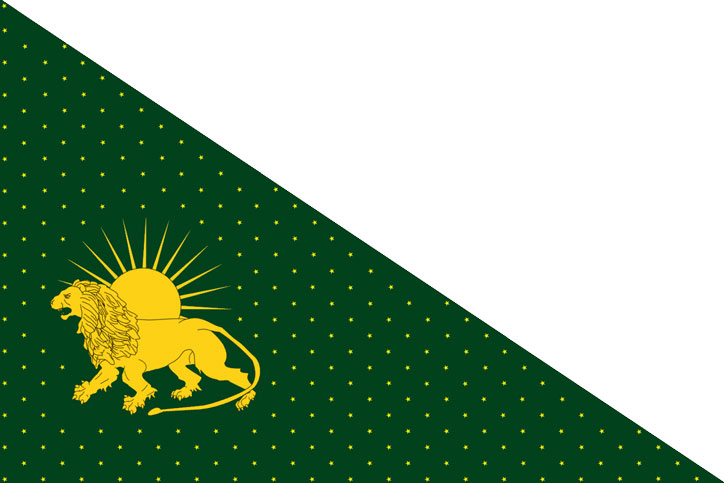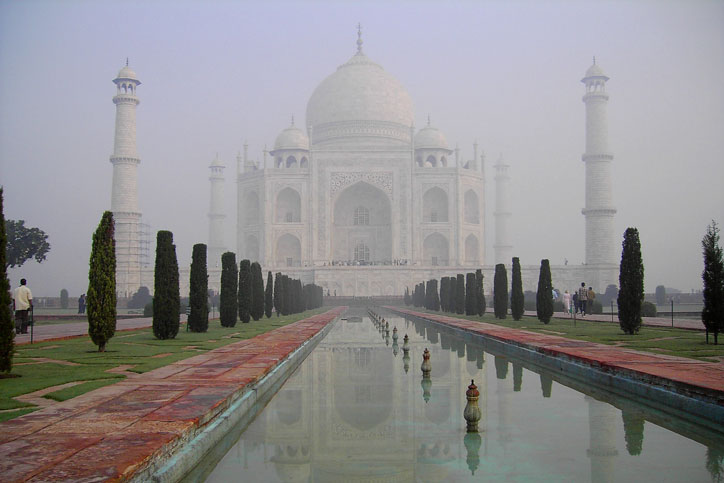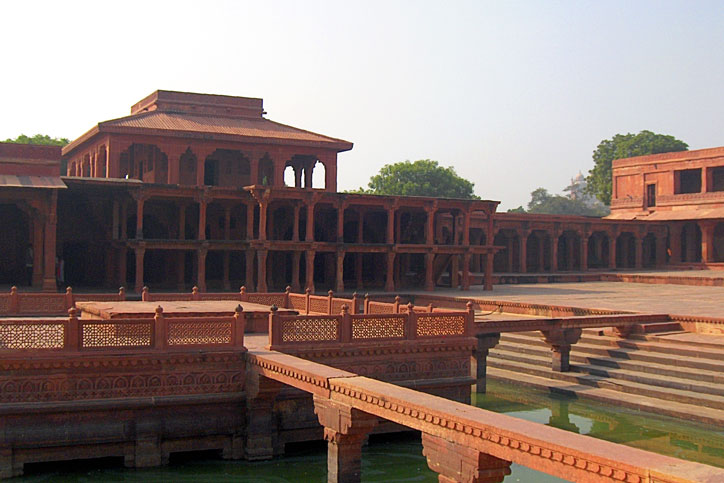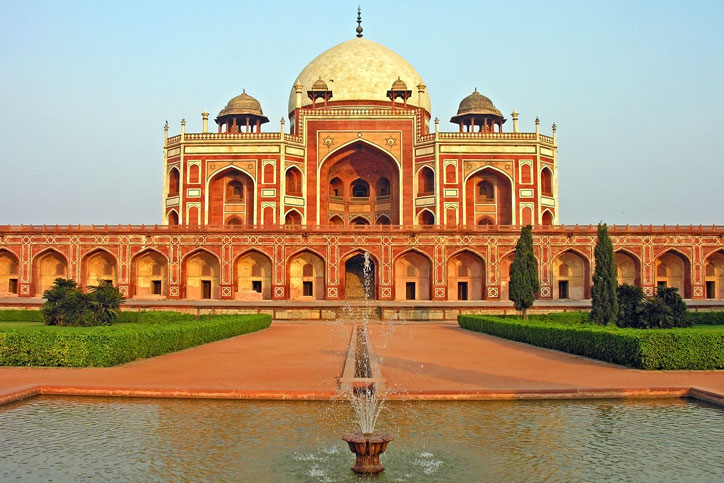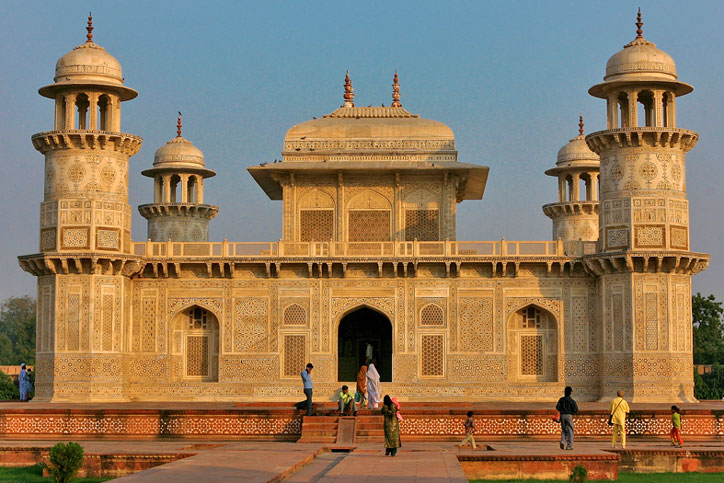The Mughal Empire
December 14, 2014 - 6 minutes readIndia is a country with a very unique culture, probably; there are only a few other countries in the globe that are characterized by the strong cultural inheritance that still remains tangible nowadays.
And one of the cultural periods we still have amazing monuments from are the Mughals. As a matter of fact monuments such as the Taj Mahal, the Fatehpur Sikri, the Humayun’s Tomb or the Baby Taj are few of the monuments the Mughals left us.
But who where this Mughals? Descending directly of the great Gegis Khan, Babut founded the Empire after his victory in the Battle of Panipat in 1526, unifying the entire country under a same religion and currency. Measures that would bring peace and, consequently, would also bring peace and a burst of culture to today’s India.
However, it was under the 5th emperor reign that the culture bloomed. Shah Jahan, the 5th emperor, was responsible for the construction of the superb constructions such as the famous Taj Mahal, the Red Fort or the Jama Masjid among many other.
Unfortunately, everything comes to an end, and it was in 1857, with the start if the Indian Rebellion, that the Mughal dynasty ended.
Taj Mahal (1632-1653)
The Taj Mahal is one of the best-known world heritages. It stands the South of the walled city of Agra and was constructed during the reign of Shah Jahan for his 3rd wife, Mumtaz Mahal. It is a great example of what could be called early Mughal Architecture and Persian Architecture and is said to be mostly designed bu Ustad Ahmad Lahauri.
The bulding was built in various different phases but, it is clearly differentiated the plinth and the tomb, which took 12 years to finish; and the elevated structure that stands over the plinth and is a perfect 57m sided square and is coronated by the iconic marble central 65-meter-tall dome.
And the materials, of course were brought from all over the continent. Traslucent white marble from Makrana, Rajasthan; Jasper from Punjab; jade and crystal from Chia and so on.
Don’t hesitate to share your experience in this unique spot.
Fatehpur Sikri (1571-1585)
What is most impressive about this monument is the fact that it is not just a building but also, an entire city. The city served as the capital of the Mughal Empire for roughly 10 years.
It was constructed during the reign of the Mughal emperor Akbar and designed mostly by Tuhir Das under the influence of the Indian principles of architecture. The red atmosphere the city has is because almost all the buildings and monuments in this city were built using the local quarried red sandstone known as “Sikri Sandstone”.
Today it looks inhabited and the fact that it was only a useful city for 10 years might leads us to think it was always a ghost city. However, it was said in 1585, that it was larger and more populous than London itself.
Some of the monumental buildings that are worth visiting from this city are the Buland Darwaza, the Jama Masjid or the Panch Mahal.
Humayun’s Tomb (1570)
This tomb is in Delhi, so it should not be too hard for you to get there. Fruthermore, it is very relevant in the history and evolution the Mughal architectural style. It introduced the concept of Garden Tomb to India.
The Tom stand in the center of the Garden, and its main entrance is located in the South side of this irregular octagon, with 4 longer sides and 4 shorter sides (similar to that of the upper structure of the Tah Mahal but, of course, with different proportions). The tom is surrounded by pools, which are joined by channels.
Constructed in the local red stone, the tomb is mostly in its original state, something rare nowadays. It has retained its original form and purpose.
Baby Taj (1622-1628)
Called casualy Baby Taj, in reality this is the Tomb of Itimad-ud-Daulah, and it is located in the city of Agra, where the Taj Mahal also is. So we recommend you visit this monument prior to the impressive Taj Mahal.
Built entirely of marble, this mausoleum represents the definite shift of the early stages of the red stone built monuments of the Mughal empire to the white architecture that will culminate with the construction of the Taj Mahal in 1526.
In this design you will be able to differentiate a strong Persian influence in the style. However, what we find most beautiful in the garden in which it is located, with the channels of water surrounding and criss-crossing the tomb.
Tags: Agra, Architecture, History, India, Marble, Monuments, Mughal, Taj Mahal, Tips, Travel